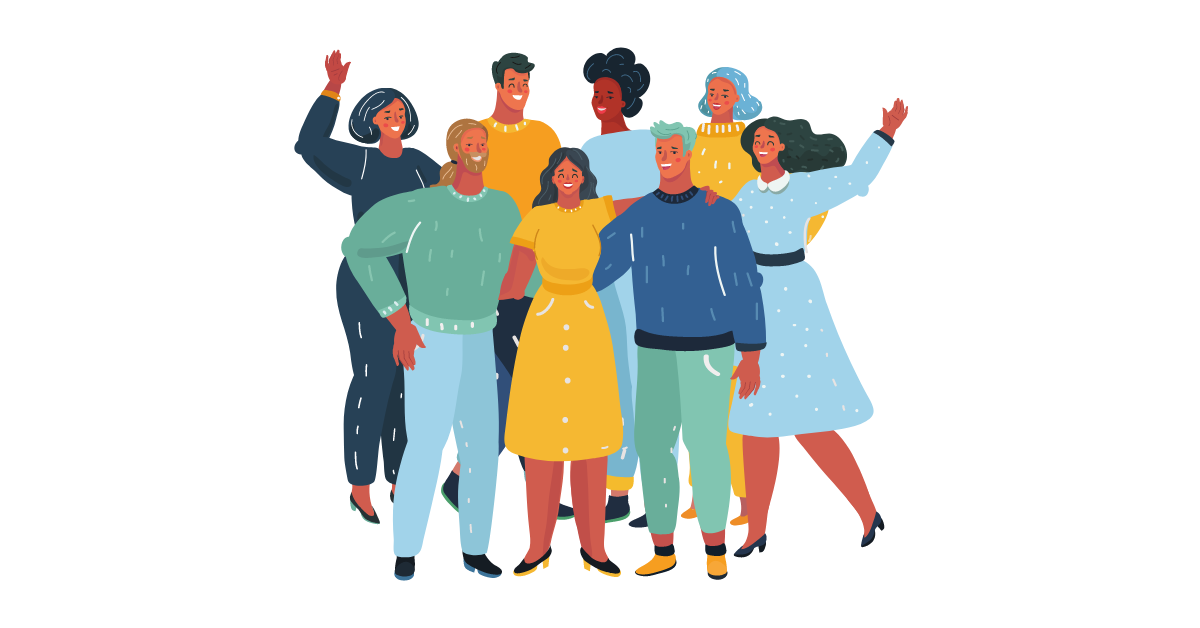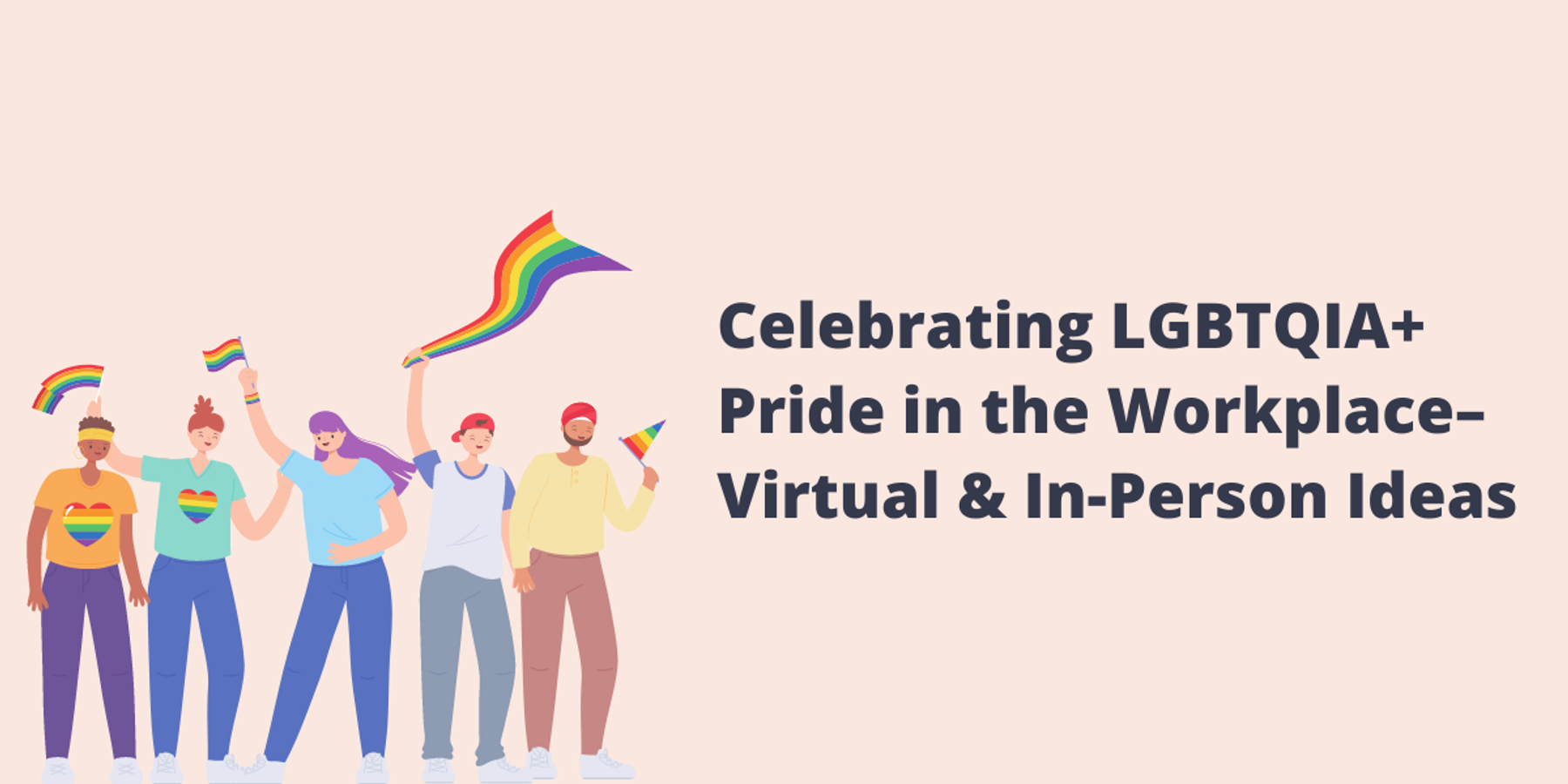“I don’t ever want to be selected for something just because I am Indigenous. I want to be selected because I am skilled, talented, and offer value. I want to know that I am the best person for the role, regardless of my racial background.” — Charla Huber
"We are part of this place, but I do not think I belong.” — Article on social inclusion and belonging amongst migrant farmworkers in Ontario, Canada
“There are very few places in the United States today where you could dip a recruitment net and come up with nothing but white males.” R. Roosevelt Thomas, Jr., a pioneer in workplace diversity, wrote that more than 20 years ago. He added: “Getting hired is not the problem — women and Black (people) who are seen as having the necessary skills and energy can get into the workforce relatively easily... It’s later on that their managers’ inability to manage diversity hobbles them and the companies they work for.”
In many companies, that’s more or less the same today.
Research has repeatedly shown that inclusion and belonging are critical to retention, yet many companies struggle with meeting the needs of their underrepresented employees. Since 2019, DEIB progress has stalled.
A company might check all the right diversity boxes, but that doesn’t necessarily mean that its employees feel included. When employees don’t feel included, they feel like they don’t belong.
In 2022, 39% of women and BIPOC employees at 223 surveyed tech companies said their voices and perspectives didn’t feel included in the decision-making process at their jobs.
What’s missing in these companies’ cultures? Intentional inclusion.
In this article, we’ll cover:
- What intentional inclusion means
- How intentional inclusion differs from performative allyship
- Examples of intentional inclusion in the workplace
- 5 actionable ways leaders can foster intentional inclusion at work
What does intentional inclusion mean?
A definition
Inclusion is a state of being valued, respected, and supported. It’s about focusing on the needs of every individual and ensuring the right conditions are in place for each person to achieve their full potential.
Intentional inclusion at work refers to a deliberate action (or set of actions) that brings underrepresented groups into a company’s culture in a way that truly values their input, perspectives, and roles, without tokenizing them.
Intentional inclusion vs performative allyship
Performative allyship is what happens when a company positions itself as an ally to a marginalized group without backing that “allyship” up with action and accountability. (Case in point: all the corporate rainbow washing that happens every Pride Month.) As of a 2021 report, as many as 80 percent of companies’ efforts were falling prey to exactly that, with a majority of organizations simply “going through the motions” of DEIB.
Intentional inclusion is just the opposite. It’s what happens when the most privileged and enfranchised groups in a given environment get their skin in the game and start pouring deliberate, intentional energy into making their environment a place that actively invites the membership and participation of folks across identities.
The difference
Performative allyship can look like a company marketing itself as a multicultural institution by featuring marginalized folks on its promotional materials — when, in reality, marginalized groups rarely, if ever, make it through their hiring process or up through their leadership ranks.
An example of intentional inclusion is what Autodesk did in 2018. The company paid the leaders of employee resource groups bonuses, and its CEO Andrew Anagnost put himself forward as the executive sponsor of the Autodesk Black Network. The company even switched the location of a new office hub from Denver to Atlanta, knowing it would have a better shot at attracting Black engineering graduates there.
Examples of intentional inclusion in the workplace
Every individual in an organization, from interns and entry-level executives to HR departments and the C-suite, can practice intentional inclusion. Here are a few examples:
- An HR department arranges a conducive space in the office for Muslim employees to pray undisturbed during the month of Ramadan.
- Every member of a team is invited to all informal social gatherings outside of work, and outings are organized keeping everyone’s interests in mind.
- A manager accommodates the specific needs of their disabled employees either by making adjustments in work hours, allowing them to work from home, or providing assistive technology so they can do their best work.
- A neurotypical woman educates herself about neurodivergence in order to be more supportive and understanding toward her colleague with ADHD.
- In keeping with inclusive language best practices, a manager realizes that it’s insensitive to tell people to “come off mute” during Zoom meetings and instead starts asking people to “turn their mic on” instead.
- A company changes its employee demographic survey to use “check all that apply” and fill-in-the-blank formatting for race, better including its mixed race and multiracial employees.
- A company invests in better translation tools for its multicultural workforce and trains all employees on how to use them, not just non-English speaking or ESL employees.
- An employee corrects a colleague when they hear them use the wrong pronouns for a coworker, even though that coworker isn’t in the room.
Inclusive leadership: 5 ways to foster an inclusive workplace
Intentional inclusion may be a company-wide effort, but creating a culture of intentional inclusion begins from the top. When senior leaders and managers model inclusive behavior, they benchmark what it can look like and signal that the organization takes inclusion and belonging seriously.
What does inclusive leadership mean?
Inclusive leadership is an authentic, empathetic, and culturally intelligent leadership style that facilitates the inclusion of all individuals in a group, organization, or society.
Inclusive leaders showcase a visible commitment to inclusivity, foster inclusion on an ongoing basis, embed inclusive values and processes in how work is done, and make inclusion sustainable in the long-term.
If you yourself are a leader in any capacity, here are five actionable ways you can bring intentional inclusion to your organization’s culture.
1. Actively sponsor underrepresented talent.
According to Chris Steadley, Principal at Gartner, active sponsorship (not just mentorship) is one of the most powerful things leaders at every level can do to promote intentional inclusion.
Sponsorship means being very deliberate about giving associates from marginalized backgrounds and identities the visibility and exposure they need to people and networks who can help them grow in their careers.
This could look like a manager taking an employee to strategic meetings, assigning them to certain initiatives, and recommending them for career-making opportunities. All this is done while putting their own reputation and backing behind their employee.
2. Make your policies more inclusive.
Review all the policies and procedures you have in place to ensure they don’t isolate or neglect any particular group.
For instance, make sure your leave policies accommodate a range of personal circumstances. Aside from gender-neutral parental leaves that include and support all paths to parenthood, like surrogacy and adoption, also consider period leaves, mental health days, religious holidays, and caregiving leaves.
Consider, too, developing a workplace accommodation policy that creates accessible spaces across a number of parameters for employees with disabilities. And better yet, don’t brand these things as special “accommodations” – recognize instead that it’s simply your job to give folks the tools and resources they need to work well. Tools and resources might include assistive technology, accessibility protocols, flexible work hours, telecommuting options, and changes in job duties or work methods.
Get the guide:
Beyond Performative Allyship: A Comprehensive Guide to LGBTQIA+ Benefits & Policies at Work
3. Acknowledge the individual.
Meeting targets is important, but make sure that your underrepresented employees aren’t made to feel that they’re recruited to a job or onto a board only to meet a DEIB goal. This can lead to a hostile work environment, especially if their colleagues are not truly allies.
When one Indigenous woman was asked to join a board, interviewers emphasized the skills, experience, and talents that would make her an asset.
“Having folks explain to me that I am more-than qualified and would be an asset to the board regardless of my background made me feel seen and valued as a person, not just an Indigenous person,” that woman later expressed in an online column.
4. Promote and sponsor Employee Resource Groups (ERGs).
ERGs are among the most powerful tools out there to offer support and increase the representation of marginalized talent in an organization. According to the Society for Human Resource Management, respondents to a survey said that identity-based communities, like employee resource groups (ERGs), helped foster belonging, while mandatory diversity training did not.
For HR teams, ERGs can provide rich insight into employees' experiences at work, including their struggles and needs that, left unaddressed, will decrease engagement or worse, drive workers out of the organization altogether.
Source: McKinsey and Company
To make your ERGs more effective, provide them with leadership support and sponsorship, align their goals with your organization’s overall DEIB strategy, and provide all the resources (and funding!) these groups need to thrive.
5. Redesign processes prone to bias.
According to Gartner, talent management processes – like succession planning, recruiting, and performance management – are the most vulnerable to bias and should be the starting point for embedding DEIB. Redesign the processes that are most prone to bias: learn how to recruit diverse employees without tokenizing them, start implementing protocols for objective, constructive performance reviews, and bring in outside DEIB experts to help you conduct an audit of your current approach to attracting, hiring, and retaining underrepresented talent.
Invest in intentional inclusion with PowerToFly
Intentional inclusion is a linchpin in your overall DEIB strategy. It improves the retention and engagement of your underrepresented employees, thus improving their sense of belonging. And it doesn’t just impact folks from marginalized identity groups: McKinsey found that workers of all demographics say they’ve taken organizations’ inclusiveness into account when making career decisions and that they’d like their organizations to “do more to foster inclusion and diversity."
Intentional inclusion and inclusive leadership are skills that can be learned and honed. AtPowerToFly, we can help you build diverse teams and empower all individuals in your company to be DEIB advocates.




